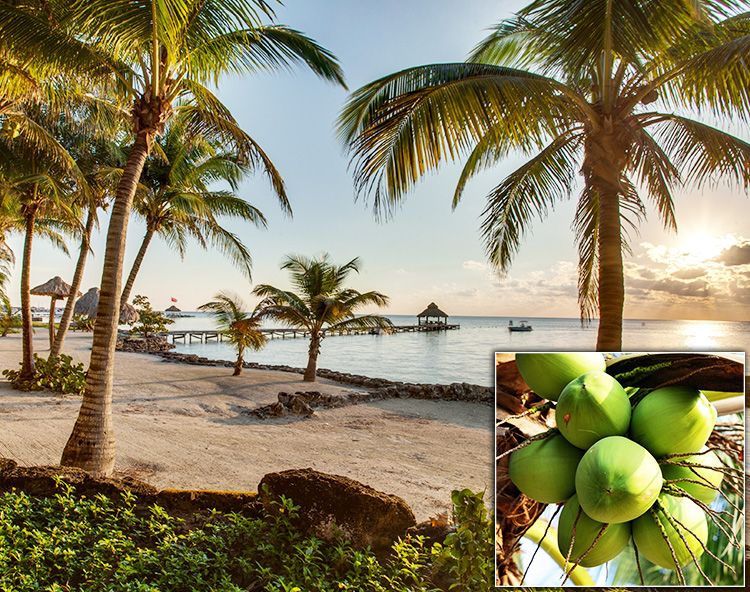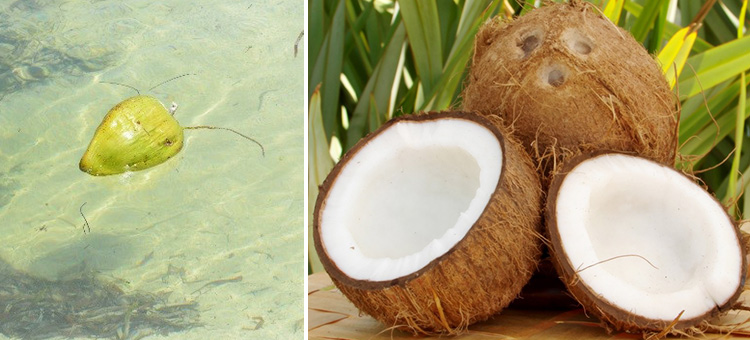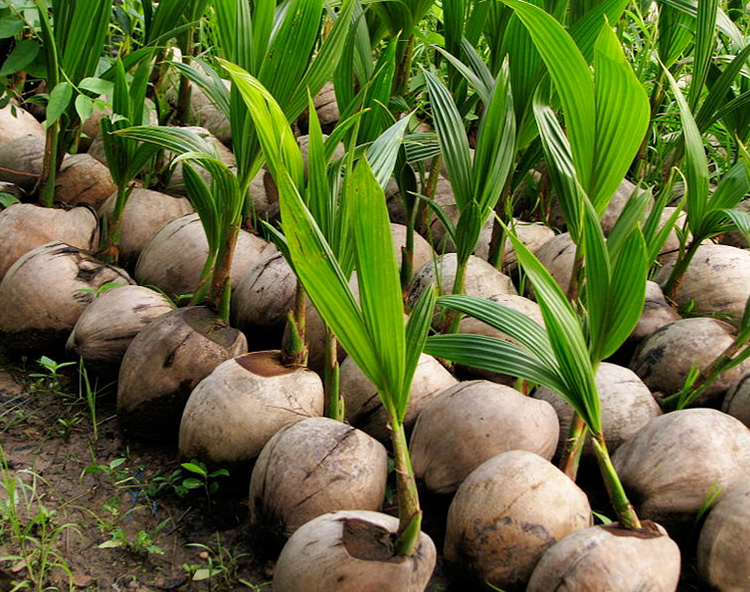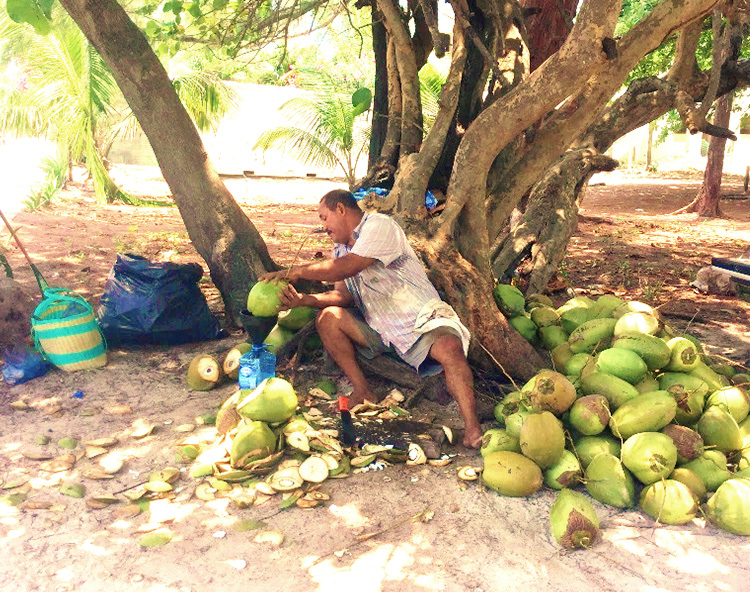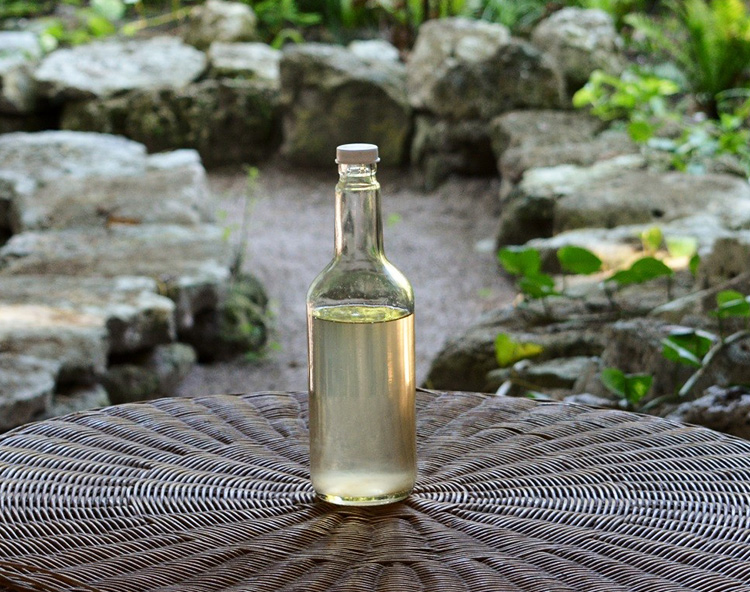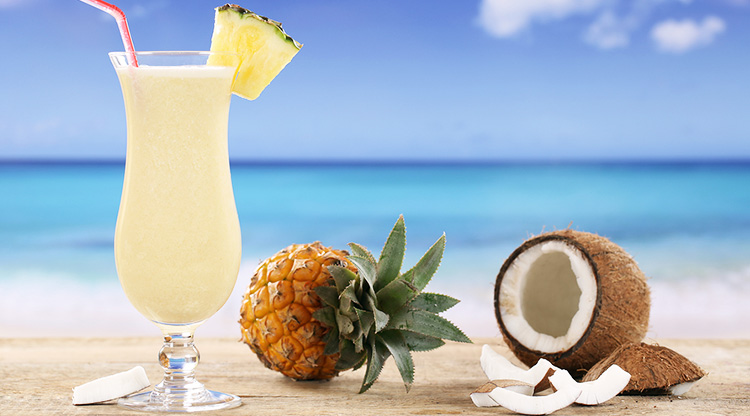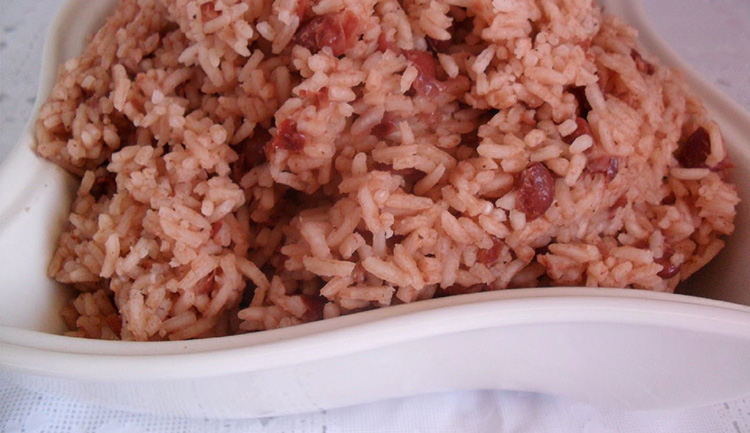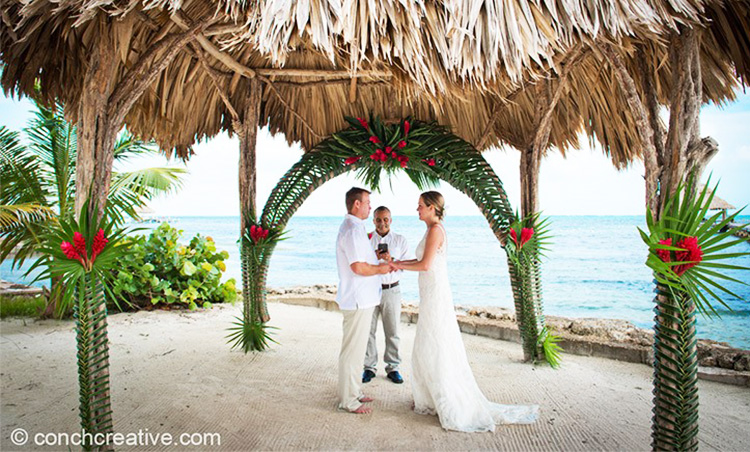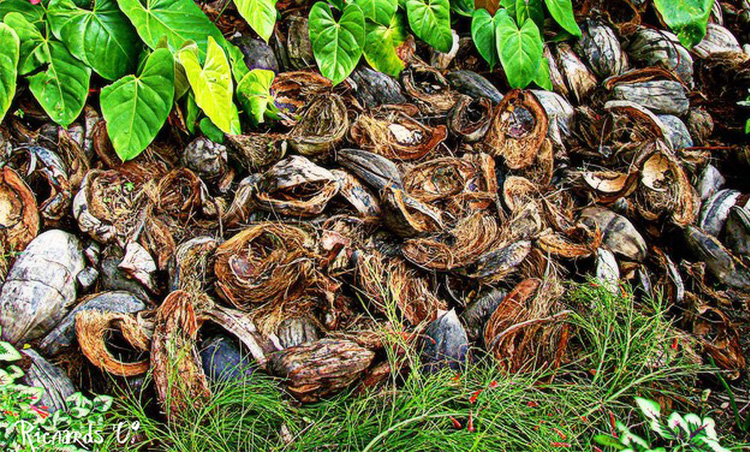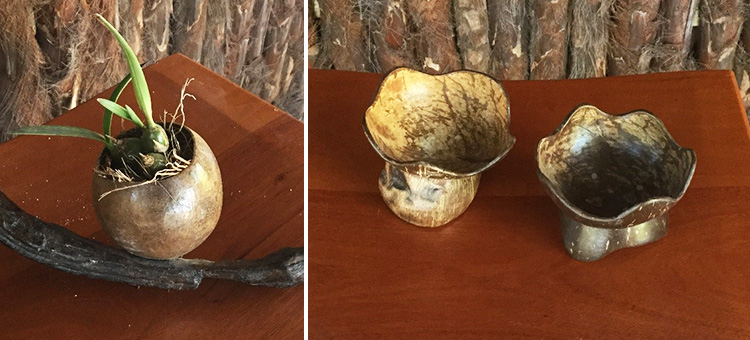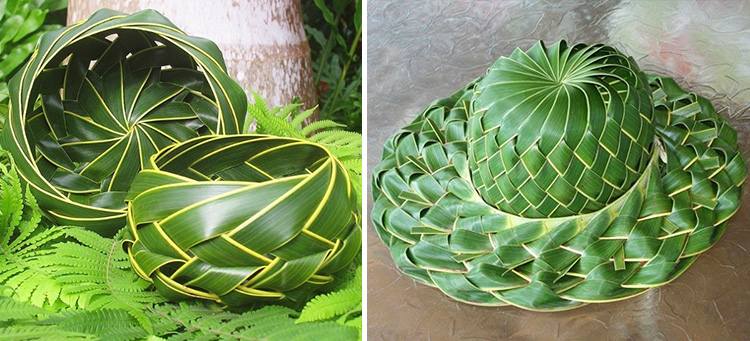Sitting under a palm tree with the sea breeze to keep you cool is a natural time for quiet contemplation, and looking up you might wonder… If a coconut falls on the sand and there is no one there to see it, does it make a sound?
There was probably something other than philosophy on the mind of James Hume Blake, when in 1870 he made the deal of the century, and snapped up the island of Ambergris Caye, for the princely sum of $625.00. He went into the coconut business, growing and exporting coconuts until a hurricane wiped out all the palm trees in 1942.
But there were coconut trees on the island long before Blake came to San Pedro Town; So how did the original palm trees get to the island in the first place? Perhaps a coconut fell from a tree on some far away island in the South Pacific, and landed with a great thud on the sand where it lay until the tides came in and swept it out to sea. Like a message in a bottle destination unknown, origin a secret, the little pioneer began its journey and like any smart traveler it packed light and efficient. A hard shell on the outside impervious to salt water, an air pocket to keep it afloat, a layer of white coconut meat for food, surrounding a generous serving of nutrient-rich coconut water, are all that is needed for an ocean voyage that can last up to 110 days.
A coconut can survive months or even years at sea, drifting and crossing oceans for thousands of miles, floating and bobbing along in the water like a little boat. With luck the voyager avoids being swept up in the gulf streams that may carry it off to the beaches of Northern Europe, where the cold weather would make survival impossible. At last, after a long and perilous journey, our coconut makes landfall on the island of Ambergris Caye, when a strong wind and rough sea whip up a wave throwing it onto the beach beyond the high tide mark.
Over the course of the journey the water inside the coconut changes into a spongy white ball, filling the inside of the fruit, and this is the initial food source for a sprout. Soon a green shoot will appear out of the top of the coconut and a root from the bottom and after about six years of growth the new coconut palm tree will reach maturity and begin to produce fruit.
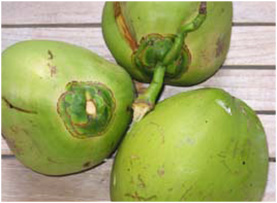
If you pick up a young coconut it’s quite heavy, weighing about three pounds, and is more or less the size of a football. Give it a shake and you will hear the coconut water swishing around inside. This is the same coconut water that you buy in health food stores and supermarkets only packaged by Mother Nature and in its most-pure form, well known to be low calorie, full of potassium, magnesium and electrolytes. It has a mild sweet/salty flavor and is most delicious when drunk straight out of the coconut.
Coconut water is also quite sterile; emergency coconut IVs were reportedly used by the British and Japanese during World War II, and they’ve been clinically tested on humans several times with good results.
In India, where necessity is the mother of invention, coconuts are used as survival life vests to keep people afloat during monsoons. Dry coconuts are attached to ropes and tied around the waist and this can keep an adult afloat for up to three days. The best part is that when the survivor gets to dry land he can open the coconut and have food and drink.
Coconut oil has been described as a super food due to its nutritional and medicinal qualities. It has a rich, nutty, slightly sweet flavor which tastes great in cooking and baking. The traditional San Pedro way to make coconut oil is to make coconut milk, skim off the coconut cream, and then cook the coconut cream until the oil separates from the cream. The oil is then strained into a clean bottle and has a lovely aromatic coconut fragrance.
Coconut water, coconut milk, coconut cream, and coconut oil are all widely used in Belizean cuisine – from the daily staple of rice and beans or creole bread, to the fine dining at ocean front restaurants.
While on vacation you are sure to enjoy the quintessential island drink, the Pina Colada…
Pina Colada
Ingredients
- 2 ounces coconut cream
- 2 ounces Pineapple Juice
- 1½ ounces Rum
- 1 cup ice
- ½ cup frozen pineapple (optional)
Mix in blender until smooth.
Or sample the authentic staple Belizean lunch –rice and beans, cooked over a Fogon (open hearth). Can’t wait till you come to Belize? Try cooking it yourself:
Belizean Rice and Beans
Ingredients
- 1 cup dried kidney beans
- 1 cups water
- 2 tablespoons onions, finely chopped
1 garlic clove, minced - salt and pepper
- 1 pinch thyme
- 2 cups white rice
- 1 cup coconut milk
- 1 teaspoon olive oil (to sauté onion and garlic)
Directions
Soak the beans overnight. Cook them in a pressure cooker (stovetop or slow cooker if you have patience and time), with 5 cups of water. Make sure the beans are clean, because you will need to use the cooking water when you are done.
In a large pot or Dutch oven, sauté the onion and garlic. Add the cooked beans and bean water, salt and pepper, and a pinch of thyme. Add the rice and coconut milk. Cover and cook over a low flame until rice is done. Make sure to stir it occasionally.
The coconut tree is called the “Tree of Life” because every part of it can be used. At Xanadu Island Resort the palm leaves are used to braid the wedding arch, creating a canopy that is both beautiful and in perfect harmony with nature.
The hard outer shell of the coconut is a natural fiber material and is great for composting. Xanadu is a Green Globe certified resort and has a composting program in place collecting organic material from guest suites, the bar, and the garden.
The coconut shell can be used as a dish, or a planter for a small orchid.
The leaves of the coconut tree grow to about 17 feet long and are extremely versatile. They can be used to create woven baskets, bags, hats or mats.
“He who plants a coconut tree, plants food and drink, vessels and clothing, a home for himself and a heritage for his children.”
South Seas saying

